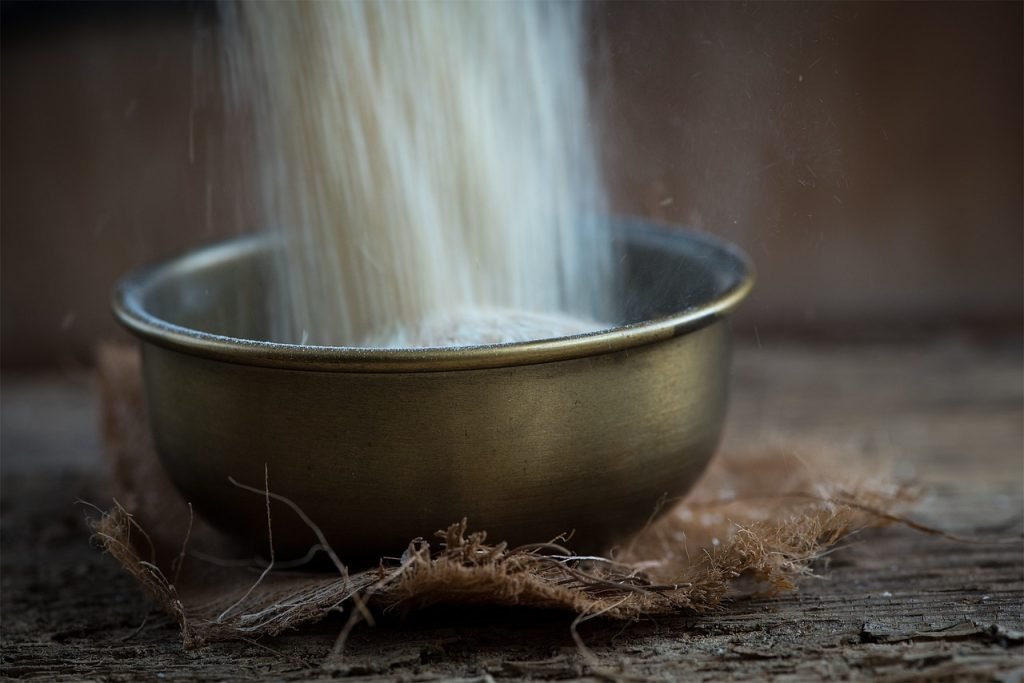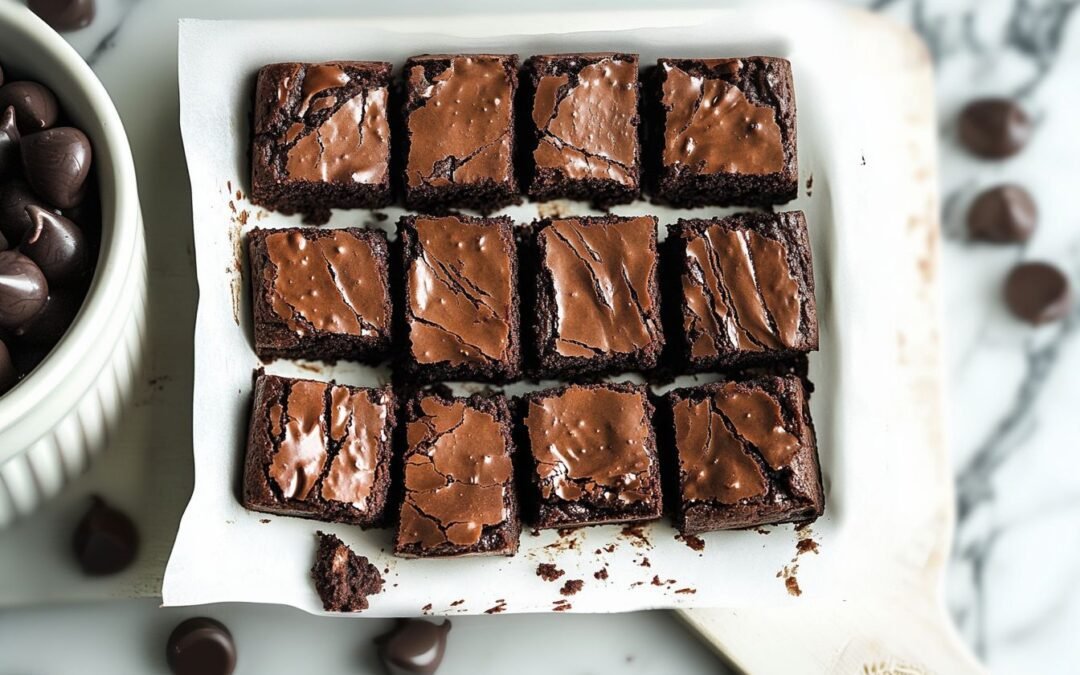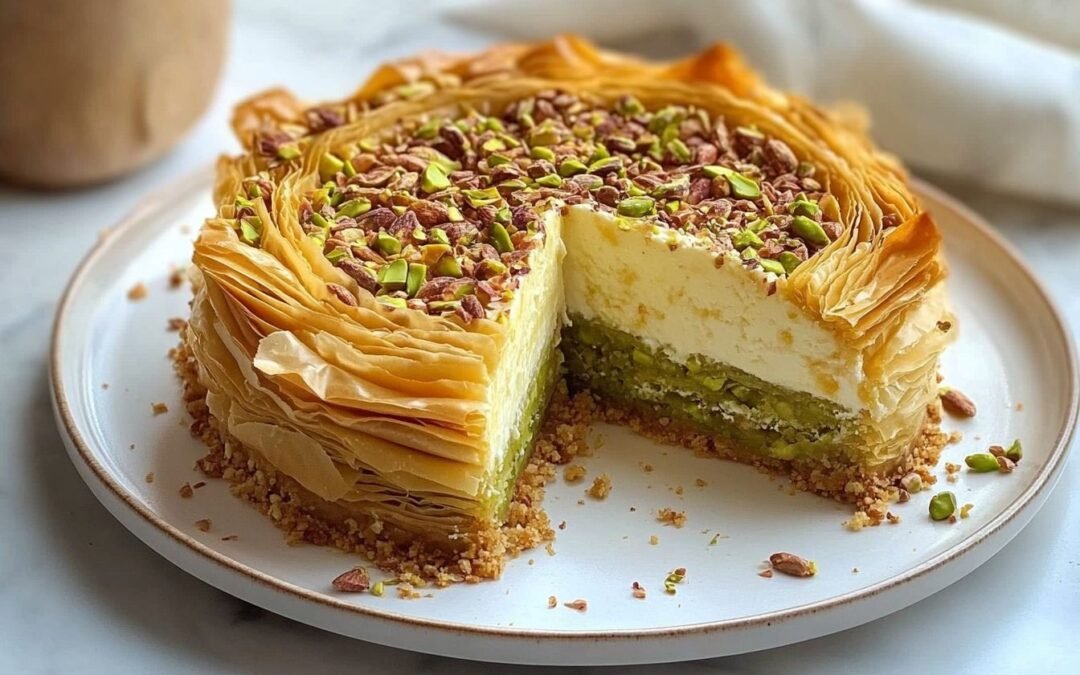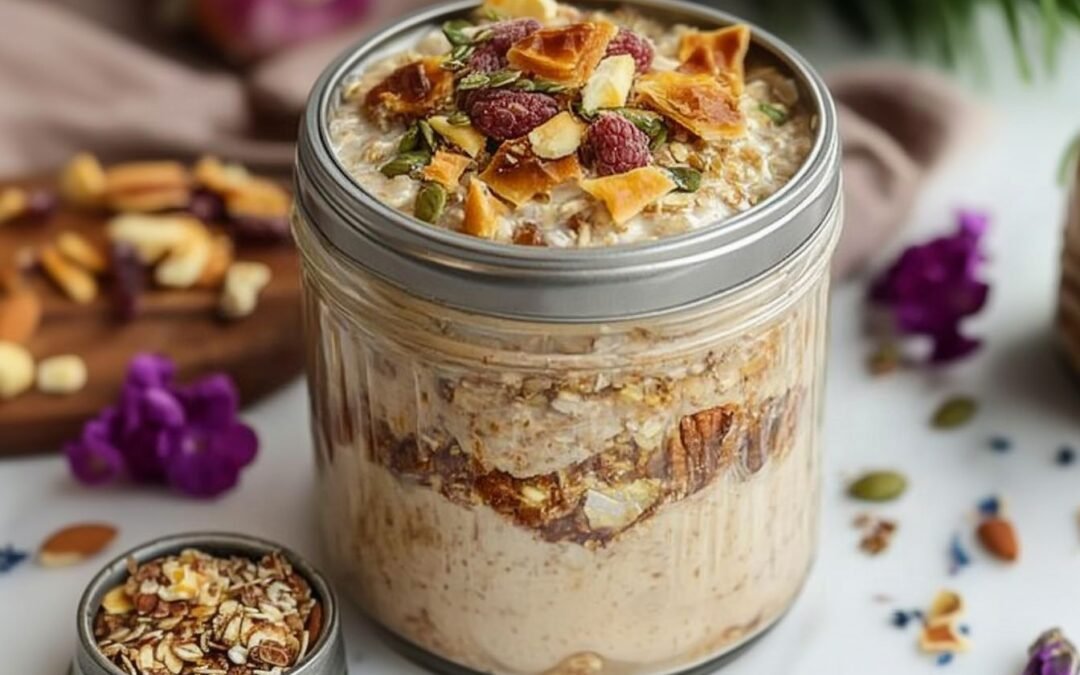Halva with semolina is popular in many Middle Eastern and Mediterranean countries and for good reason. The combination of semolina, olive oil, and a sweet syrup made from sugar or honey creates a unique and irresistible flavor that is sure to please any sweet tooth.
To make it, you will need a few key ingredients. For the syrup, you will need granulated sugar or honey, water, a cinnamon stick, lemon and orange peels, and optional whole cloves. The semolina mixture requires olive oil, coarse and fine semolina, goji berries or raisins, toasted almond slivers, and ground cinnamon. Once you have gathered all of the necessary ingredients, you can begin creating this delicious dessert.
Whether you are looking to try something new or simply want to indulge in a sweet treat, this is a must-try dessert. Its unique flavor and texture make it a standout among other desserts, and its simple ingredients make it easy to create at home. So why not give it a try and see for yourself why this is a beloved dessert around the world?
What Is Halva with Semolina
This dessert has a unique texture that is both crumbly and slightly chewy, with a sweet and nutty flavor. It is often served in small squares or slices and can be enjoyed on its own or as a topping for yogurt or ice cream.
One of the great things about it is that it is easy to make at home, with just a few simple ingredients. It is also a popular dessert in many Middle Eastern and Mediterranean countries, where it is often served during special occasions or as a gift to guests.
Historical Background
Halva is a traditional Middle Eastern dessert that has been enjoyed for centuries. It is made from a variety of ingredients, including sesame seeds, flour, sugar, and nuts. However, one of the popular versions of halva is made with semolina.
The origins of halva can be traced back to the Ottoman Empire, where it was a popular sweet treat. Over time, the recipe has spread throughout the Middle East and beyond, with each region adding its unique twist to the dish.
In many cultures, halva is considered a symbol of hospitality and is often served to guests as a sign of welcome. It is also commonly enjoyed during religious holidays and other special occasions.
Today, it is enjoyed all over the world and can be found in many specialty food stores and online retailers. It is a delicious and versatile dessert that can be enjoyed on its own or used as a topping for other desserts like ice cream or cake.
Ingredients:
For the Syrup:
- 2-3 cups of granulated sugar (alternatively you can use 1-1½ cups of honey)
- 4 cups of water
- 1 cinnamon stick
- 1 orange peel
- 1 lemon peel
- 3 whole cloves (optional)
For the Semolina:
- 1 cup of mild taste olive oil
- 1 cup of fine semolina
- 1 cup of coarse semolina
- ½ cup of raisins or goji berries
- ½ cup of toasted almond slivers
- 1 tbsp of ground cinnamon
How to make halva with semolina?
- Heat the oven to 356°F (180°C). Line a small baking sheet with parchment. Toast almond slivers for 5-8 mins.
Making the syrup:
- In a pot with 4 cups of water on high heat, add the sugar (or honey), lemon, cinnamon, and orange peels, and cloves (optional). Boil, then simmer for 5 mins. Don’t stir, keep it hot.
Making the semolina:
- Use a non-stick pot with a heavy bottom to heat the olive oil over medium-high heat until it simmers slightly.
- Add the semolina and stir often to prevent sticking or burning, preferably with a wooden spoon. Don’t leave the pot unattended. When the semolina starts bubbling, reduce the heat to low while stirring. It takes approximately 15 minutes for the grains to achieve a deep golden color.
- Add the ground cinnamon, raisins (or goji berries), and toasted almonds. Stir for a few more minutes, and then remove the pot from the heat.
Assembling:
- Remove the cinnamon stick, orange peel, lemon peel, and cloves (if used) from the syrup.
- Carefully pour the syrup into the semolina mixture, stirring gradually with a wooden spoon. Place the pot back on the stove, and continue stirring over medium heat until the semolina thickens and pulls away from the sides of the pan.
- Remove the pot from heat, cover it, and let it settle for 15 minutes. Transfer the mixture into a cake or pudding mold, etc., and let it rest for about 1 hour.
- Finally, garnish it with almonds, toasted pine nuts, and cinnamon for added flavor and visual appeal.
Regional Variations
Middle Eastern Varieties
In the Middle East, halva is often made with tahini (sesame paste) and sugar and is typically served as a sweet snack or dessert. However, in some countries like Egypt and Lebanon, semolina halva is also popular. The addition of rose water, pistachios, and almonds gives the halva a distinct Middle Eastern flavor.
European Varieties
In Europe, halva is often made with honey and is served as a breakfast or snack food. In Greece, semolina halva is called “halvas” and is often served with cinnamon and raisins. However, in Turkey, a similar dessert called “helva” is made with semolina, sugar, and butter, and is often served with a dollop of clotted cream.
Asian Varieties
In India and Pakistan, halva is often made with semolina, ghee (clarified butter), and sugar. The addition of cardamom, saffron, and nuts gives the halva a distinct flavor and aroma. In Iran, halva is made with flour, sugar, and rose water, and is often served with tea.
Serving Suggestions
Here are some serving suggestions to make the most of this delicious treat.
Accompaniments
This halva can be paired with various accompaniments to enhance its flavor and texture. Here are a few options:
- Fresh fruit: Serve halva with sliced fruit such as strawberries, bananas, or kiwi for a refreshing contrast.
- Nuts: Add some crunch to your halva by sprinkling chopped nuts such as almonds, pistachios, or walnuts on top.
- Yogurt: A dollop of yogurt can balance the sweetness of the halva and provide a creamy texture.
Presentation Styles
- Individual servings: Use small bowls or ramekins to serve individual portions of halva with a garnish of your choice.
- Family-style: Place the halva on a platter and let everyone help themselves. This is a great option for casual gatherings or potlucks.
- Layered dessert: Create a layered dessert by alternating halva with semolina pudding or whipped cream.
Nutritional Information
- Halva with semolina is high in calories, with approximately 400 calories per 100 grams.
- It is also high in carbohydrates, around 60 grams per 100 grams.
- However, it is a good source of protein, with approximately 10 grams per 100 grams.
- It also contains healthy fats, such as monounsaturated and polyunsaturated fats, which are good for the heart.
- It is also a good source of vitamins and minerals, including calcium, iron, and magnesium.
It’s important to note that while halva with semolina has some nutritional benefits, it should be consumed in moderation due to its high calorie and carbohydrate content. As with any food, it’s all about balance and enjoying it in moderation as part of a healthy and balanced diet.
Storage and Shelf Life
Here are some tips on how to store halva with semolina and its shelf life:
- Store it in an airtight container at room temperature. It is best to keep it away from direct sunlight or heat sources to prevent it from melting or becoming sticky.
- It can last up to 3 months if stored properly. However, it is best to consume it within 1-2 months to ensure its freshness and taste.
- If you want to extend its shelf life, you can store it in the refrigerator for up to 6 months. Make sure to keep it in an airtight container and let it come to room temperature before consuming.
- Avoid freezing as it can alter its texture and taste.
Common Mistakes to Avoid
Using the Wrong Type of Semolina
One of the most common mistakes people make when making this dessert is using the wrong type of semolina. It’s important to use fine semolina, which is specifically designed for making desserts like halva. Coarser semolina can result in a gritty texture that is not pleasant to eat.
Not Cooking the Semolina Enough
Another mistake that people often make is not cooking the semolina enough. It’s important to cook the semolina until it turns golden brown, which can take anywhere from 10 to 20 minutes depending on the heat of your stove. If you don’t cook the semolina enough, it will not have the right texture and will be too soft.
Not Adding Enough Liquid
It’s important to add enough liquid to ensure that the dessert has the right consistency. If you don’t add enough liquid, the halva will be too dry and crumbly. It’s also important to add the liquid slowly, stirring constantly, to avoid lumps.
Adding Too Much Sugar
While halva is a sweet dessert, it’s important not to add too much sugar. Adding too much sugar can make the dessert overly sweet and can also cause it to become too soft. It’s best to start with a small amount of sugar and add more as needed, tasting as you go.
DIY Halva-Making Tips
- Use high-quality ingredients: The quality of your ingredients will greatly affect the taste and texture of your halva. Use the best quality semolina, olive oil, sugar, and nuts you can find.
- Roast the semolina properly: Roasting it until golden brown is crucial for the perfect texture and flavor of the halva. Be sure to stir it constantly to avoid burning.
- Add flavorings: Halva can be flavored with a variety of ingredients such as vanilla, almond extract, cardamom, or cinnamon. Experiment with different flavorings to find your favorite.
- Be patient: Making halva can be a time-consuming process, but it is well worth the effort. Be patient and don’t rush the process.
Conclusion
I have thoroughly enjoyed exploring the world of halva made with semolina. This traditional dessert has been a staple in many cultures for centuries, and for good reason. Its simple ingredients and easy preparation make it a go-to dessert for any occasion.
Throughout my research, I have discovered that there are many variations of this dessert. Some recipes call for the addition of nuts or dried fruit, while others use different sweeteners like honey or maple syrup. Regardless of the recipe, the result is always a deliciously sweet and satisfying dessert.
One of the things that I appreciate most about it is its versatility. It can be served warm or cold and can be enjoyed on its own or as a topping for other desserts like ice cream or yogurt. It’s also a great dessert to make ahead of time, as it keeps well in the fridge for several days.
Overall, I highly recommend giving halva with semolina a try. Its unique texture and sweet, nutty flavor are sure to please any dessert lover. Whether you’re looking for a new dessert to add to your repertoire or simply want to try something new, halva with semolina is worth a try.
One more thing, this can be a perfect dessert after having hummus with lamb ragu.
Get the recipe now (by clicking the image below):





